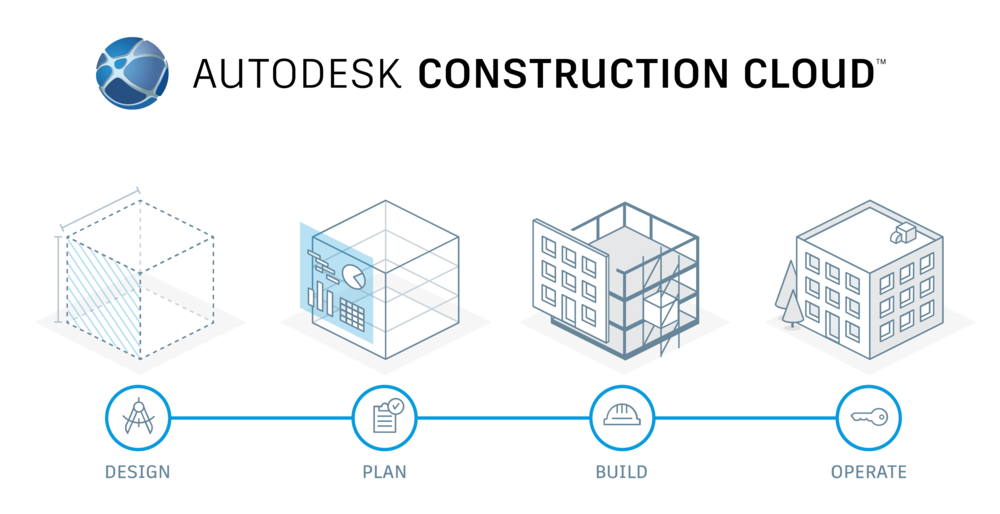
What is the purpose of a construction project’s common data environment, or CDE? Who makes a contribution? Who is to blame for this? Who owns the data contained within? Why utilise a CDE in the first place? We investigate the concept of a central information repository, which is crucial to BIM deployment.
What is a Common Data Environment?
With new technologies rolling out for the architecture, engineering, and construction business, Building Information Modeling (BIM) and Virtual Design & Construction have gained a considerable predominance in the sector. BIM allows the development of a structure’s digital replica virtually through software and relevant tools. This process involves the collaboration of digital models from various disciplines such as architecture, structure, and MEP. It is vital to keep and manage the project-related data in a place where everyone can access the data. A common data environment makes it possible to collect, manage, and access the construction project data from a commonplace. Let us learn about the common data environment in detail.
Common Data Environment (CDE): The ease of accessing data from a single source
A Common Data Environment (CDE) is a digital storehouse where all the data of the construction project is stacked, managed, and accessed. The Common Data Environment in BIM is a single source of data from where the construction stakeholders involved in the project can store, manage, and modify the information.
A common data environment for construction is a highly secured data environment. Due to enhanced data security, the CDE in BIM offers great encryption and allows the data access to whom the access is granted. The centralized data server in BIM VDC allows the users to collaborate on data for construction projects. Through the coordinated data environment, the construction project team can easily access the required project information at any phase of construction.
How does a common data environment relate to building information modeling?
A building information model and a common data environment in construction are both data-centric technologies. A BIM 3D model is a graphical representation of the construction project on a virtual platform. The BIM model has data integrated into it to make it a data-rich model. The information embedded in the model, such as dimensions, project schedules, the estimate of cost and resources, and illumination, helps construction managers optimize the project.
Unlike BIM, a common data environment in construction consists of graphical, non-graphical, as well as documentation details regarding the construction project, stored in it. BIM, along with CDE, enhances the construction project’s delivery.
Implementing Building Information Modeling with a Common Data Environment, the project teams can eliminate delays in projects and save on overall project costs. The precise data of the construction project helps to reduce the rework by eliminating conflicts and revisions of poorly done designs in the preconstruction phase.
Benefits of a Common Data Environment
Increased collaboration: Digital technologies have repeatedly shown that, when utilized properly, they may enhance cooperation. This implies that a single, centralized system must receive and update all project data and information. Better collaboration and coordination occur as a result, both inside and across teams.
A single source of truth is being established. The consequence of a single source of truth for a project is often undermined. A single and reliable source of truth helps in accessing real-time modifications and data, leading to improved decision-making across projects.
Increases productivity and quality: By eliminating the need to manually regenerate data, common data environments prevent input mistakes and lost information. As a result, teams can make choices more quickly since the entire company has better access to information.
Minimizes risk: A CDE reduces risk associated with the project by establishing a more transparent project picture to all the project stakeholders. Eventually, this creates a scope of continuous improvement, which is very crucial for a company to advance. Further, it also improves security by providing project administrators with greater control over data and information.
Common use cases with active involvement of CDE
While the idea of a shared data environment may appear straightforward at first, there are a wide range of use cases for it in the construction sector. As a result, we can offer several instances of how a CDE might enhance construction-related procedures.
Real-time centralized collaboration within the same BIM model
Multiple stakeholders in a project model can collaborate simultaneously in a Common Data Environment (CDE), which helps to avoid misunderstandings and disputes. In addition, it helps with other project-related duties, including tracking issues and detecting clashes, guaranteeing smooth data sharing and cooperation amongst various stakeholders. BIM is dependent on a shared data environment, notwithstanding its advantages.
No disconnect between office teams and on-site teams
By delivering real-time updates for project-related information, such as as-built data and field layout points, across several teams, a centralized communication system (CDE) may solve problems like increasing mistakes and project efficiency, independent of location.
Simplified project information management
Project success may be hampered by stakeholders’ frequent refusal to share information relevant to the project. This problem is solved by a Central Document Exchange (CDE), which offers centralized access to all project data, streamlines uploading and sharing, and establishes security measures for certain data kinds, such as risk or financial information.
Access to the BIM model without the software
Because BIM software is pricey, only engineers and architects can use it. On the other hand, BIM data is useful for contractors and owners. Whether BIM is used or not, a Construction Documentation (CDE) system in a BIM environment provides easy access to all project data, facilitating easier rendering, effective construction procedures, and quicker report generation in construction projects.
Streamlined document-centric processes
By streamlining document management for procedures like submittals and RFIs, a CDE saves time and minimizes mistakes. It provides versioning, customization, and simplicity, increasing efficacy and cutting expenses related to infrastructure restrictions in data sharing.
Key Features of an Effective Common Data Environment
Centralised Data Storage
Centralized data storage is the main goal of a Common Data Environment (CDE), which gives all project participants access to a single source of project information. This ensures uniformity, efficient data exchange, and safe project preservation. Further increasing collaborative contract administration, cost control, and project delivery by removing data silos.
Version Control and Audit Trail
Version control is one important component for the efficient management of your AEC projects. It gives project stakeholders a trace on documents and ensures that stakeholders are operating from the most recent ones. A detailed history of alterations could be obtained via an audit trail, which decreases the likelihood of communication gaps and data loss.
Access Control and Permissions
Access control and permissions determine your project’s security and integrity. Effective permissions management ensures legal compliance and protects intellectual property by providing appropriate data interaction for the right people.
Individual project stakeholders keeping their information in-house can have detrimental effects on the health of a project. A central file management system within a common data environment allows for central storage and sharing of project documents among team members, with exceptions for company-specific financial and risk information.
Streamline submittal, RFI, and change order processes
A document management system stores every version of a submittal, request-for-information, or change order document within a common data environment. This streamlines document-centric workflows, allowing all team members to have optimized access and review of documents. Additionally, automatic email notifications for review or distribution also aid in the process.
Real-Time Design Collaboration with Centralized BIM Model
AEC design operations involve working on multiple trades and iterations. This makes it difficult for the design team to update the model generated. This is exactly where the CDE approach could intervene. BIM-supported common data environments can enable real-time collaboration among designers, reducing rework and clash detection.
View and Extract Data from BIM Model without BIM Software Access
Architects and engineers often have exclusive access to BIM software due to its high cost. However, contractors and owners should also benefit from additional data in a BIM model not included in construction documents. Project stakeholders such as project managers and contractors should also have access to the latest BIM model. This can enable them to extract detailed design renderings and generate ad hoc reports for construction and purchasing purposes.
Unite Office and Field Teams with Integrated Field Apps and Equipment
Digital solutions Unifying office and field work helps in project efficiency in building projects by facilitating better communication between field and office workers. Teams may be able to communicate in real-time, irrespective of geography, removing any sort of communication lapse in project management.
Common Data Environment Applications and Platforms
There are multiple common data environment platforms on the market for the construction industry. Each provides a variety of functions that serve different market sectors and project team goals. Given below are some of the examples that you can consider while establishing a CDE system in your workflow.
Trimble Connect
Trimble Connect is a collaborative data environment platform for construction projects, offering a single source of truth for data. The tool enhances office connections with the field staff by providing real-time job site statuses and facilitating an administrative process in integration with software like SketchUp and ProjectSight.
Trimble Quadri
Trimble Quadri is BIM software for civil projects and infrastructure, enabling continued sharing of project models during production. It helps users to utilize a centralized BIM model, live-updated collaboration models, and integration with SketchUp, Tekla Structures, Civil 3D, Revit, and OpenRoads, etc.
Autodesk Construction Cloud
Autodesk Construction Cloud is a cloud-based tool by Autodesk, and it offers decision-making capabilities, workflow optimization, and real-time access to project data. It has its own disadvantages, such as its high update frequency and a paucity of customized project templates. However, it could be useful for the facilitation of BIM cooperation and designs for reviewing.
Fieldwire
Fieldwire is a tool for project management that helps businesses to coordinate and collaborate better. It provides a wide array of categories of tools such as punch lists, task management, scheduling, custom forms, and centralized data storage. However, it does have its set of drawbacks, such as restricted budget monitoring and item selection.
Allplan
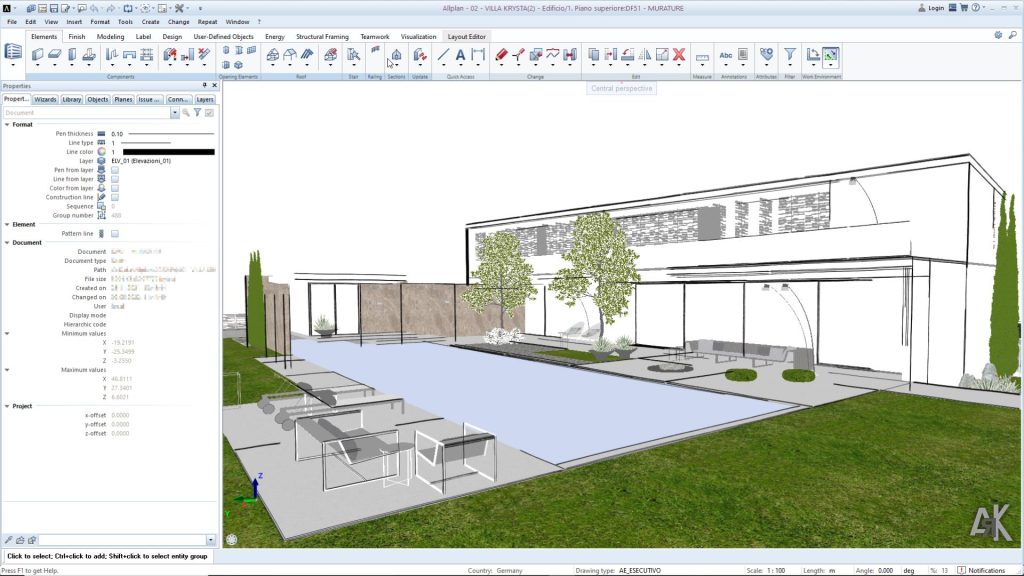
Allplan is an architectural planning tool that was developed by Nemetschek and can operate in 2D and 3D while sharing drawings and data. The system supports several technical specialties, but it is reported to have issues like slowdowns, unfinished functionality, few updates, and little customizability.
Bentley ProjectWise
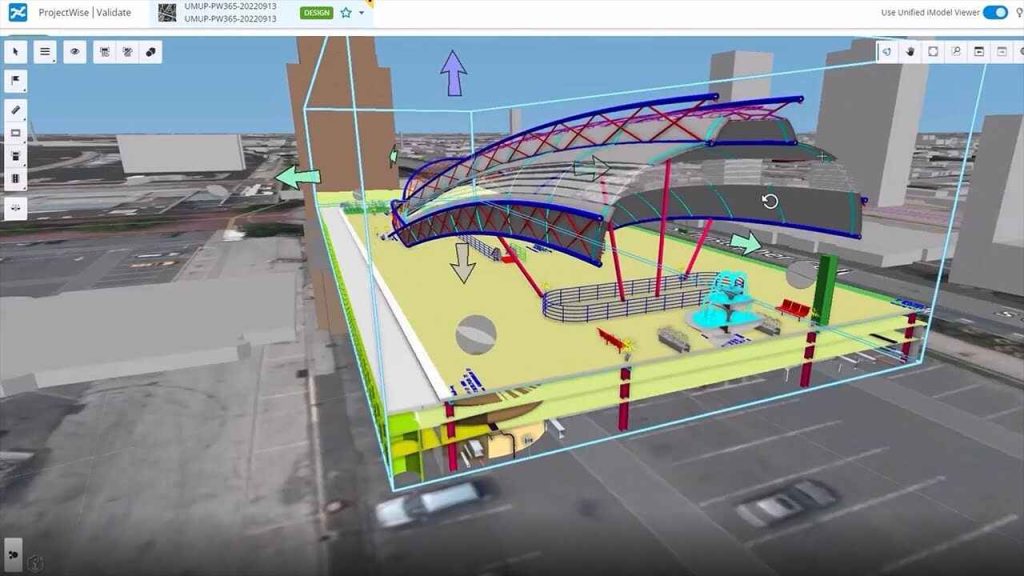
The Bentley ProjectWise program has capabilities like document control and workflow automation for engineering and infrastructure clients. It’s a tool that could be beneficial in your current project workflow, despite the complexities associated with it that overwhelm beginners.
Procore
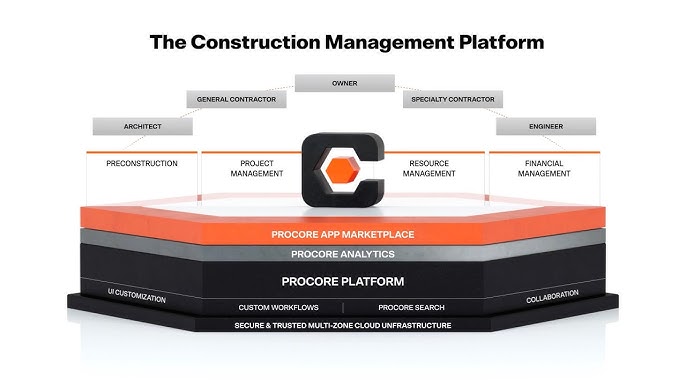
Procore is project management software with features like quality, budgeting, risk management, and safety. It offers remote access, data sharing, and centralized storage for complex projects. However, it could be time-consuming and expensive for your project needs.
OceanBIM
OceanBIM is a cloud-based platform that combines BIM processes with industry-specific needs for managing projects related to maritime and coastal infrastructure. It also provides elements like resilience planning and environmental impact assessment.
ISO 19650

International standards such as ISO 19650 are used to manage construction data during its life-course. The document delineates the necessary data, timeframes, protocols, etc., and methods for exchange of data among members of the project team. It is required that the data containers have a distinct identity, adhere to naming protocols, classify their material, implement the control of revision, tighten data flow, and maintain audit trails. This guarantees the accuracy, dependability, and planned use of the building materials.
Connection between BIM and CDE
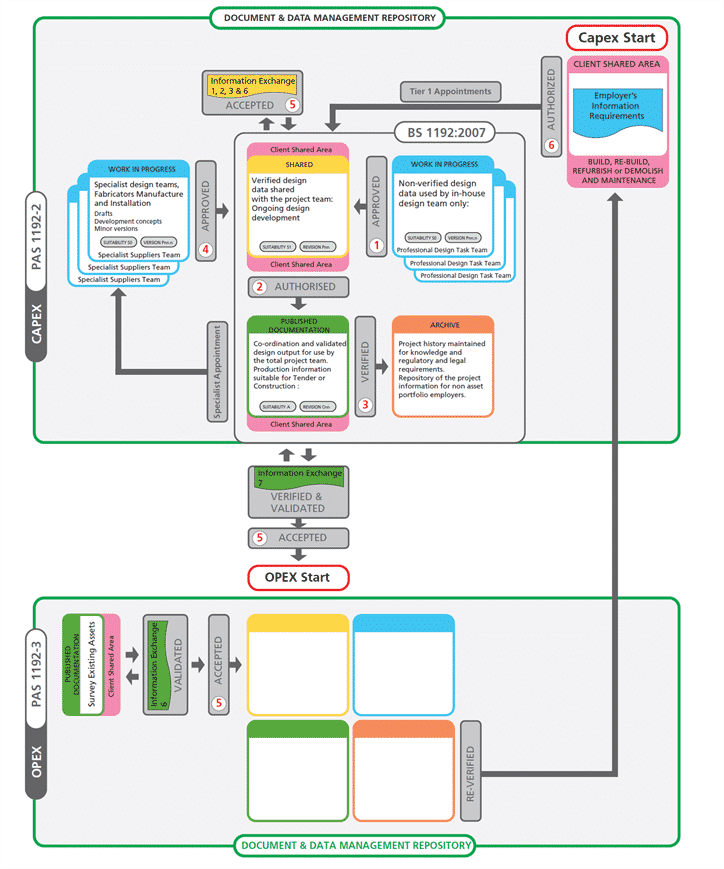
In today’s field of construction, building information management (BIM) is almost a common procedure. Most of the experts in the industry are already aware of its pros over conventional methods of construction.
However, BIM may be a very intricate procedure that involves a lot of key components. A CDE is one of these components. An environment that may be used in BIM to exchange and work with many stakeholders on a digital model of the project, or BIM model, which is enhanced and updated as the project is realized.
In general, BIM is an advanced procedure or tactic that employs an entirely novel method for the construction life-course. Simultaneously, a CDE is an important component of one of the biggest advantages of the BIM process, which is concentrated data storage serving as a single point of reference for all the stakeholders of the project. All the BIM users can benefit greatly from having a CDE throughout all its significant stages of project realization, such as:
- The most recent project-based data is readily available, thereby enabling contractors to provide the most accurate or precise time and cost estimates during the stage of planning.
- The access to all the project data guarantees the design alignment along with the clarity of requirements during the phase of design.
- The use of a CDE in conjunction with BIM during the phase of construction allows for real-time updates of models and simple tasks to be identified.
- Once the project is finished, having access to the full project model always makes maintenance of any structure much simpler when needed.
A “true” CDE, with totally neutral data formats and an almost impenetrable security architecture, should perfectly complement a fully implemented BIM system. Nonetheless, the present focus on the widely accepted and standardized data formats is enough to hasten the industry’s overall digital transformation, enhancing user-friendliness and efficiency for all the participants of the project.
Definition of a digital twin
A virtual replica of a proposed or existing structure is that it is incredibly exact and is required for the concept of its “digital twin” to exist. This representation should also be updated with new and current data as the project progresses through its several phases of implementation.
Utilizing a digital twin is one of the most essential steps in the BIM process; yet, without the introduction of the concept of a CDE, it would not be possible to establish a pleasant and seamless environment for data exchange around it. Because of this dependence, CDE and BIM are frequently reviewed as almost intertwined, especially in the industry of construction.
Definitions of openBIM and openCDE
Within the field of BIM, openBIM is a corroborative effort to improve the current state of digital data management. This concept addresses what is unquestionably one of the biggest issues with BIM: the lack of an open, commonly used file format that all BIM systems can use without losing data during conversion.
You would like to explore – Open BIM: Concept and Advantages Explained in Detail
OpenCDE was developed by BuildingSMART International, the same organization that brought forth openBIM. This is like the common perception of a CDE as part of a complete BIM implementation. The main goal of both openCDE and openBIM is to provide an environment where different CDE systems may interact with one another without being restricted by proprietary file formats and the data losses that happen during format conversions.
Best Tactics for Setting Up One’s CDE in BIM 360
Create separate folders for WIP, Shared, Published, and Archived disciplines under the BIM 360 Docs. Use folders named “Project Files” and role-based or company-based permissions for each of the folders, ranging from full administrative control to view-only.
Permission levels include:
- View + download View only
- View + download + upload
- Upload only
- View + download + edit, and folder control.
Each level allows all the users to view, add any kinds of private markups, create issues, share documents, edit, and also publish markups. They also allow tasks typically to be restricted to project administrators.





